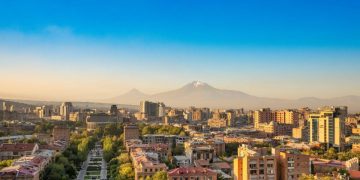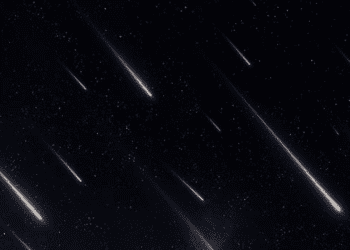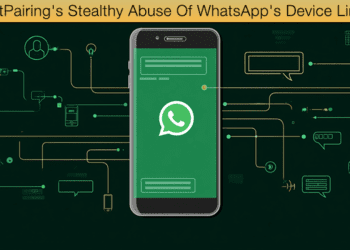A DOUBLE meteor shower with up to 25 shooting stars per hour is set to fly overhead tonight, as two teams of space rocks pass Earth.
The larger Delta Aquariid meteor shower will be joined by the smaller Alpha Capricornids in a peak between July 29 and 30.

The best time to catch a glimpse of the display will be between midnight and 5:30am[/caption]

Due to the time of year, and the longer nights, it might be harder to spot them[/caption]
The annual Delta Aquariid meteor shower is active from July 18 through August 21, peaking in late July.
It spits out roughly 15 to 20 shooting stars per hour in the Northern Hemisphere.
According to the American Meteor Society, viewing should be even better in the Southern Hemisphere.
Meanwhile, the Alpha Capricornids – which are active from July 7 through August 15 – will peak on July 31.
This should produce around five meteors per hour.
The best time to catch a glimpse of the display will be between midnight and 5:30am.
Where to look
Due to the time of year, and the longer nights, it might be harder to spot them.
Here are four tips to give yourself the best chance of seeing them:
Avoid light pollution
Stargazers should head to a location well away from the city lights, the glow of a town, and even that of street lamps.
“This could mean heading out to the countryside, a nearby park or even do something as simple as turning your back to street lamps if you are not able to go anywhere,” the Royal Greenwich Observatory advises.
Unobstructed view
Make sure that your star gazing spot has an unobstructed view of the horizon and above.
Away from treelines or cityscapes is best.
“Meteors can appear in any part of the sky so the more sky you can see the better,” the Observatory adds.
Choose binoculars wisely
Binoculars may not always be needed – or helpful.
They can limit your view of the sky, and in trying to get a more detailed look, you could miss shooting stars out of frame.
Put the phone away
You should give your eyes at least 15 minutes to adjust to the dark so you can see the fainter meteors.
This means you need to put that phone screen down.
What's the difference between an asteroid, meteor and comet?
Here's what you need to know, according to Nasa…
- Asteroids:An asteroid is a small rocky body that orbits the Sun. Most are found in the asteroid belt (between Mars and Jupiter) but they can be found anywhere (including in a path that can impact Earth)
- Meteoroid:When two asteroids hit each other, the small chunks that break off are called meteoroids
- Meteor:If a meteoroid enters the Earth's atmosphere, it begins to vaporize and then becomes a meteor. On Earth, it'll look like a streak of light in the sky, because the rock is burning up
- Meteorites:If a meteoroid doesn't vaporise completely and survives the trip through Earth's atmosphere, it can land on the Earth. At that point, it becomes a meteorite
- Comet:Like asteroids, a comet orbits the Sun. However rather than being made mostly of rock, a comet contains lots of ice and gas, which can result in amazing tails forming behind them (thanks to the ice and dust vaporizing).































